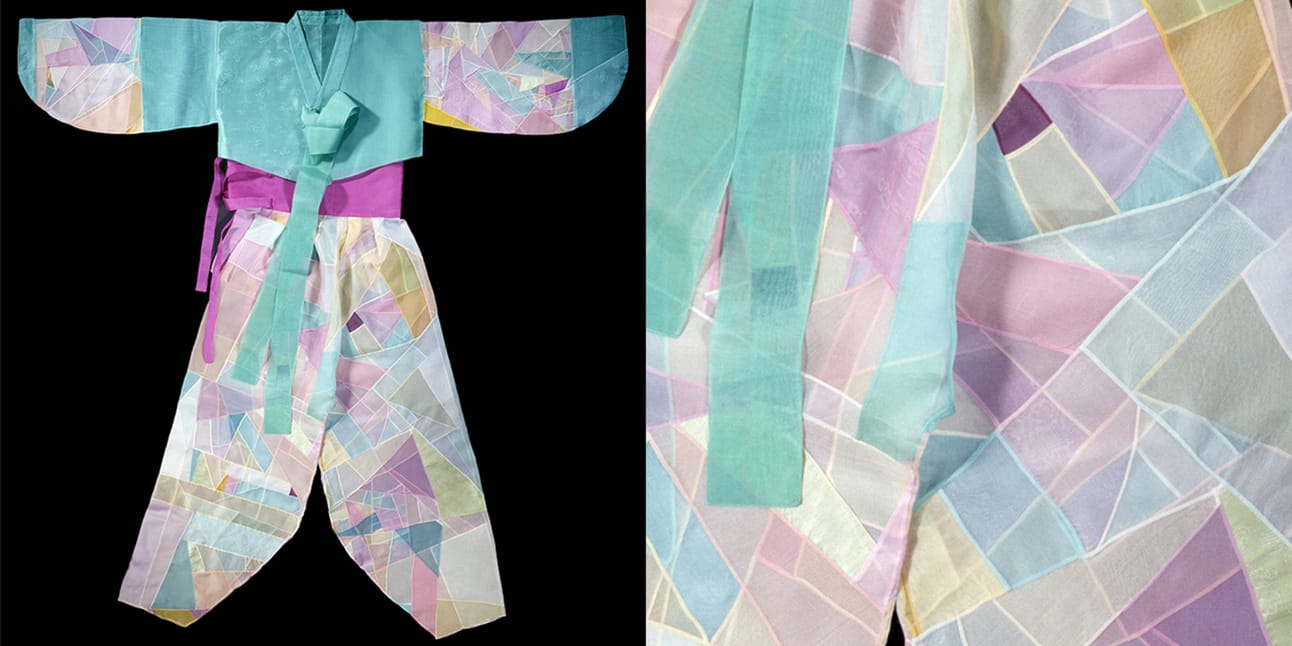- Cross Couture
- Posts
- Top 5 Asian Fashion Patterns: May 2, 2024
Top 5 Asian Fashion Patterns: May 2, 2024
Making mending cool again.
Welcome to the thirteenth edition of Cross Couture, the fashion x culture newsletter. |
The clothes we wear have always been an ever-shifting portrait of society and we’re sitting down to explore how our daily outfits change as we come into contact with new societies, technologies, and stories. |
It’s Day 11 of my Spring Challenge!
As a reminder, this challenge means that either you get an email in your inbox 5 times per week until May 31st (which means I get a set of luxurious, vintage jammies) OR I have to donate $5 to a charity I hate for every week that I miss the goal.
Eek, I nearly didn’t make it today! I hadn’t scheduled a post and I didn’t write one earlier in the morning, whoops. However, I utterly REFUSE to pay money to a charity I hate so this post is going out no matter what - and yes, it is scribbled in my 15-minute lunch break.
(also, I blame this on it being Cross Couture’s thirteenth edition - my few years at Catholic school really did a number.)
Series #3: Top 5 Fashion Patterns From Asia.
Today’s pick: Jogakbo

Woman's ensemble (with detail), Chunghie Lee, about 1993, Korea. Museum no. FE.281:2-1995. © Victoria and Albert Museum, London/Chunghie Lee

Jogakbo dress by @ji.won.choi (https://www.instagram.com/ji.won.choi/?hl=en)
Throwing away pieces of scrap fabric is a very new concept. My mom used old pieces of cloth to sew dolls’ clothes for me when I was little. I grew up on Louisa May Alcott’s works (Little Women, An Old Fashioned Girl), which frequently mention using several castoff pieces to make parts of a garment, from a sleeve to a bodice.
So of course, when I discovered jogakbo, I was super excited to discover an art form that made beauty out of patchwork. Jogakbo takes scraps of one type of fabric, such as cotton, silk, or even paper, and sews them together flat using a triple stitch.
The flat stitch is especially beautiful and gives the final piece its “window pane” pattern. Each patch is joined at the discretion of the sewist to create a pattern that suits them.
While I’ve usually seen traditional jogakbo pieces be made up of contrasting colors (scrap fabrics aren’t usually nice enough to come all in the same color!), modern pieces come in the same shades of the same color or the same color itself. This gives the final piece, as Ji Won Choi, a Korean designer based in London and New York describes it, a “stained glass effect”.
What do you do with your pieces of leftover fabric?
Do you have a pattern you love? One you think is just ugly and should be eradicated? Maybe you want to vent about your crap day? Reply to this email!
Subscribe to receive insider info on hidden gems that will make you look good and feel great.
Want to chat about fashion/history/literally anything else? Here’s my Calendly!
xoxo,
Simran